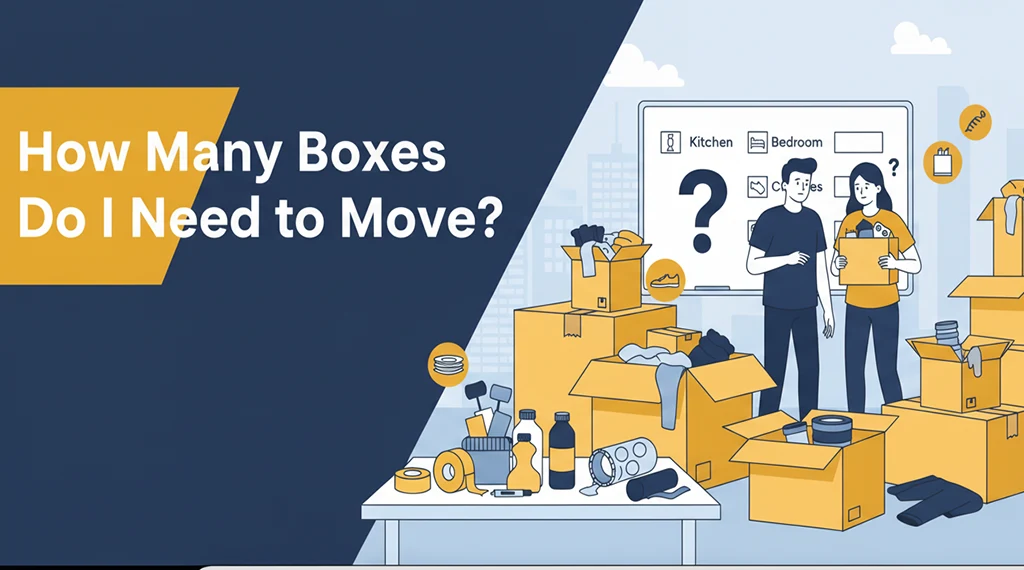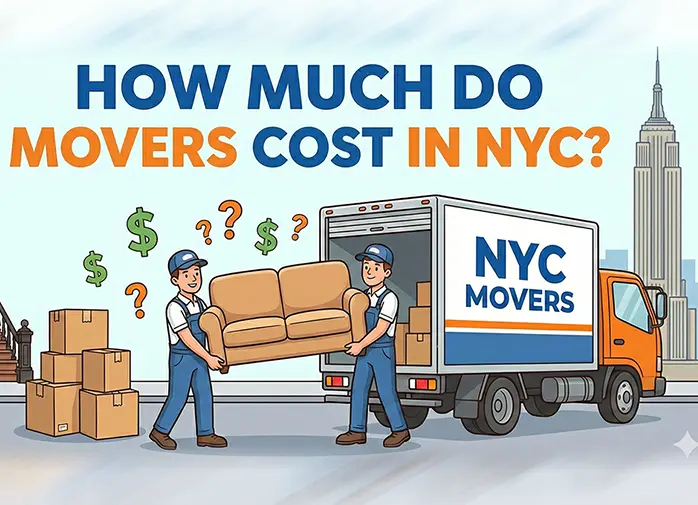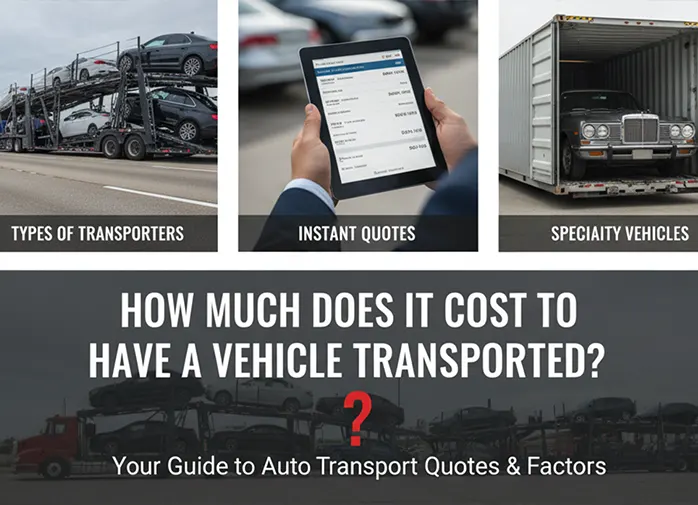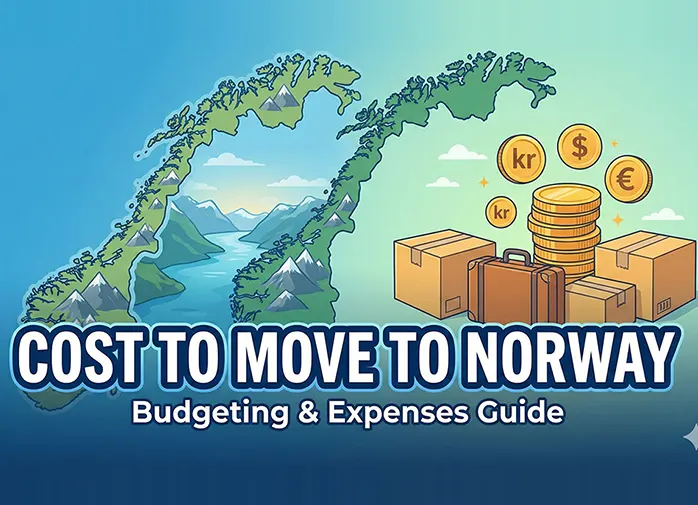How Many Boxes Do I Need to Move? A Complete Guide

Packing is one of the most stressful parts of moving. Whether you’re relocating across town or across the country, one question always comes up: “How many boxes do I need to move?”
The truth is, there’s no single answer. The number of boxes depends on your home size, how much you own, and how efficiently you pack. But don’t worry—we’ll break it down for you with averages, calculators, and pro tips so you can plan with confidence.
Average Number of Boxes by Home Size
Every move is unique, but industry data gives us a good estimate of how many boxes most people need:
- Studio Apartment: 15–20 boxes
- 1-Bedroom Apartment: 20–30 boxes
- 2-Bedroom Apartment/Small House: 40–60 boxes
- 3-Bedroom House: 60–80 boxes
- 4-Bedroom House: 90–120+ boxes
👉 Keep in mind, these numbers assume you’re packing everything—clothes, kitchenware, décor, books, and miscellaneous household items. Minimalists may use fewer boxes, while families with kids or collectors may need much more.
Factors That Influence How Many Boxes Do I Need to Move
1. Household Size and Lifestyle
A single person in a one-bedroom may only need 25 boxes, while a family of four in the same space could need 50 or more. The more hobbies, clothes, and “extras” you own, the more boxes you’ll require.
2. Room Type and Contents
- Kitchens need the most boxes—every drawer and cupboard holds fragile items, small gadgets, and food supplies.
- Bedrooms vary depending on wardrobes, linens, and personal items.
- Living rooms often have books, décor, and electronics that add bulk.
3. Packing Style
Some people cram items tightly into fewer boxes, while others pack lightly for easier lifting. Heavy packers will need fewer boxes but risk breakage, while light packers will need more boxes but enjoy safer handling.
4. Decluttering Before Packing
If you downsize before moving—selling old furniture, donating clothes, recycling unused items—you can cut your box count by 20–40%.
Box Sizes and Their Uses
Not all moving boxes are created equal. Choosing the right mix of sizes can save you money and make unpacking easier.
- Small Boxes (1.5 cu ft): Books, canned goods, tools, fragile décor.
- Medium Boxes (3 cu ft): Clothing, kitchenware, shoes, toys.
- Large Boxes (4.5 cu ft): Linens, pillows, bulkier lightweight items.
- Dish Pack / Specialty Boxes: Plates, glasses, artwork, electronics.
- Wardrobe Boxes: Hanging clothes—move straight from closet to box.
👉 On average, you’ll need more medium boxes than anything else.
Quick Moving Box Calculator
Here’s a simple rule of thumb:
- Studio / 1 Bedroom: 10 small, 15 medium, 5 large
- 2 Bedrooms: 15 small, 20 medium, 10 large
- 3 Bedrooms: 20 small, 30 medium, 15 large
- 4 Bedrooms: 25 small, 40 medium, 20 large
This can vary, but it’s a good starting point when buying supplies.
Pro Tips for Estimating and Saving on Boxes
Declutter Before You Pack
Every item you donate, sell, or recycle means fewer boxes to buy, pack, and move.
Mix Box Sizes Wisely
Don’t overload large boxes with heavy items. Use small boxes for weight and large boxes for bulky but light things.
Use Alternative Packing Materials
Suitcases, laundry baskets, plastic bins, and reusable totes all double as “moving boxes.” This helps reduce costs and environmental impact.
Ask for Free Boxes
Liquor stores, bookstores, and big-box retailers often give away sturdy boxes. Just check that they’re clean and free of pests.
Order Extra Boxes
It’s better to have a few extra than to scramble last-minute. Leftovers can be recycled or reused for storage.
Common Mistakes to Avoid When Estimating Boxes
Underestimating Box Count
One of the most common moving mistakes is assuming you’ll need fewer boxes than you actually do. Many people only think about large, visible items like clothes and kitchen appliances but forget small belongings, pantry goods, or seasonal items tucked away in closets and garages. Underestimating leads to stressful, last-minute runs to the store on moving day — when you should be focusing on loading the truck. Always build in a buffer of extra boxes (10–15% more than you estimate) to avoid this mistake.
Overloading Large Boxes
It might feel efficient to pack a large box to the brim, but this can actually backfire. Overloading boxes with heavy items like books, dishes, or tools makes them extremely difficult to lift and increases the risk of injuries during the move. Plus, overloaded boxes are more likely to tear or collapse, putting your belongings at risk. A better approach is to use small boxes for heavy items and large boxes for light, bulky items such as bedding, pillows, and linens.
Not Labeling Boxes
Failing to label boxes is another classic mistake that turns unpacking into a nightmare. Imagine moving into your new home and having no idea which box contains kitchen essentials or bathroom supplies you’ll need right away. Without clear labeling, you’ll waste hours digging through boxes. The fix is simple: clearly write the room name (e.g., Kitchen, Bedroom 1, Living Room) and a short description (pots and pans, books, winter clothes) on at least two sides of each box. Color-coded labels or tape can make the process even smoother.
Ignoring Specialty Boxes
Trying to fit everything into standard-sized boxes can lead to costly damage, especially for fragile or oddly shaped items. Flat-screen TVs, large mirrors, artwork, or delicate stemware require specialty boxes designed to protect them during transit. Skipping these boxes might save a few dollars upfront, but it increases the risk of cracks, scratches, or total breakage that could cost much more to replace. Specialty boxes are an investment in peace of mind, especially for high-value items.
How Van Lines Move Can Help
At Van Lines Move, we know packing is overwhelming—and estimating boxes is just one piece of the puzzle. That’s why we offer:
- Professional packing services to handle everything from glassware to furniture moving.
- Affordable moving supplies delivered to your door.
- Free moving checklists & guides to help you plan with less stress.
- Custom quotes so you know exactly what your move will cost—including box needs.
Whether you’re moving locally or long-distance, our team ensures your belongings are safe, organized, and ready for the journey.
👉 Get your free moving quote today at Van Lines Move.
Conclusion
So, how many boxes do you need to move? The answer depends on your home size, packing habits, and how much you’re willing to downsize. On average, expect anywhere from 20 to 120+ boxes, with kitchens and bedrooms requiring the most.
Plan ahead, gather the right mix of box sizes, and don’t be afraid to ask for help. With smart preparation—and expert support from Van Lines Move—your next move can be organized, cost-effective, and stress-free.
Frequently Asked Questions (FAQ)
1. How many boxes do I need for a 1-bedroom apartment?
On average, you’ll need 20–30 boxes for a 1-bedroom apartment. Most of these will be medium boxes for clothes, kitchenware, and general items, plus a few small boxes for books and fragile items.
2. How many boxes do I need for a 3-bedroom house?
Expect to use 60–80 boxes for a standard 3-bedroom home. This includes about 20 small boxes, 30 medium boxes, and 15 large boxes, along with a few specialty boxes for fragile items, wardrobes, and electronics.
3. What size boxes should I buy?
A good mix includes:
- Small boxes (1.5 cu ft): books, canned food, tools
- Medium boxes (3 cu ft): clothes, shoes, kitchenware
- Large boxes (4.5 cu ft): linens, pillows, lightweight items
- Specialty boxes: dish packs, wardrobe boxes, TV boxes
4. Do I need wardrobe boxes for clothes?
Not always. Wardrobe boxes are convenient if you want to move hanging clothes without folding them, but you can also use garbage bags (tie around hangers) or fold clothes into medium boxes. For professional-looking and wrinkle-free results, wardrobe boxes are best.
5. Where can I get free moving boxes?
Liquor stores, bookstores, grocery stores, and big-box retailers often give away sturdy boxes. You can also check online marketplaces like Craigslist, Facebook Marketplace, or local community groups. Always check boxes for pests or damage before using.
6. Should I buy more boxes than I think I need?
Yes. It’s always safer to order 10–15% more boxes than your estimate. Running out of boxes at the last minute creates unnecessary stress, while extra boxes can be reused for storage or recycled.
7. Can Van Lines Move help me with packing boxes?
Absolutely! At Van Lines Move, we offer packing services, moving supplies, and professional guidance to ensure you have the right number of boxes and materials for your move. If you’d rather skip the hassle, our team can pack and transport your items safety.
Categories
- Long Distance Moving153
- Local Moving119
- Commercial Moving40
- Residential Moving34
- Last – Minute Moving25
- Moving Tips & Lifestyle10
- Furniture Moving9
- Moving Tips & How-To Guides8
- Moving services6
- Moving Cost5
- Moving Cost Calculator5
- state to state movers4
- Piano Moving3
- Car Transportation3
- Truck Rental3
- moving tips3
- Local Move3
- Moving companies3
- best moving rates3
- cheap moving companies3
- affordable moving companies3
- full-service movers3
- Moving Cost Guides3
- Junk Removal2
- Moving Container2
- Senior Moving2
- Senior Relocation Moving Companies2
- Moving Tools2
- Moving Estimates2
- interstate moving2
- Moving2
- cross-country move2
- Household moving2
- Moving Costs & Budgeting2
- Moving Tips & State Guides2
- Heavy Equipment1
- Senior Moving Services1
- office moving1
- office relocation1
- employee relocation1
- Car Transport1
- Vehicle Shipping1
- Car Shipping Services1
- Artificial Intelligence1
- Office Moving Services1
- Commercial Moving Companies1
- Corporate Moving Services1
- Corporate Movers1
- full-service moving companies1
- sustainable moving companies1
- green movers1
- Moving in US1
- Best places to move in 20251
- 2025 moving1
- Full-Service Moving Companies1
- College Moving1
- College moving services1
- Moving to College1
- Dorm Moving1
- Tips for moving1
- donate1
- sell1
- Movers in California1
- Movers in Studio City1
- Moving to California1
- Laws about Moving into California1
- Moving Laws1
- House moving1
- packing1
- cheap moving ways1
- Moving guide1
- International moving1
- moving across countries1
- international relocation program1
- move out cleaning1
- right packing supplies1
- pack while moving1
- Apartment moving1
- PODS1
- moving out1
- state to state move1
- California movers1
- Truck Rental1
- US Territory Relocation1
- International Moving1
- Shipping & Moving Tips1
- Moving Tips1
- Relocation Guide1
- Moving Budget Guide1
- Relocation Guides & Incentives1
- Moving Tools & Equipment Guides1
- Moving Services & Options1
- Moving Tips & How-To Guides1
- Moving Day & Settling In1
- Mobile Home Moving1
- Moving Guide & Tips1
- Moving Tips & State Comparisons1
- Moving Tips & City Guides1
- Moving Tips & Cost Guides1
- Long-Distance Moving Tips1
- Moving Tips & Financial Planning1
- Moving Tips & Home Preparation1
- Moving Tips & Planning1
- Vehicle Shipping & Auto Transport1
- Marketing & Lead Generation1
- International Moving Guides1
- San Francisco Moving Guide1
- NYC Moving1
- Local Movers1
- Budget Moving1

 Local Movers
Local Movers Last-Minute Movers
Last-Minute Movers Junk Removal
Junk Removal Long Distance Movers
Long Distance Movers Piano Movers
Piano Movers Heavy Equipment
Heavy Equipment Commercial Movers
Commercial Movers Moving Container
Moving Container Car Transportation
Car Transportation Furniture Movers
Furniture Movers Truck Rental
Truck Rental Moving Cost Calculator
Moving Cost Calculator Moving Planner
Moving Planner Packing Calculator
Packing Calculator Moving Checklist
Moving Checklist Moving Insurance
Moving Insurance FAQ
FAQ Contact Us
Contact Us Moving Loan
Moving Loan About Us
About Us











